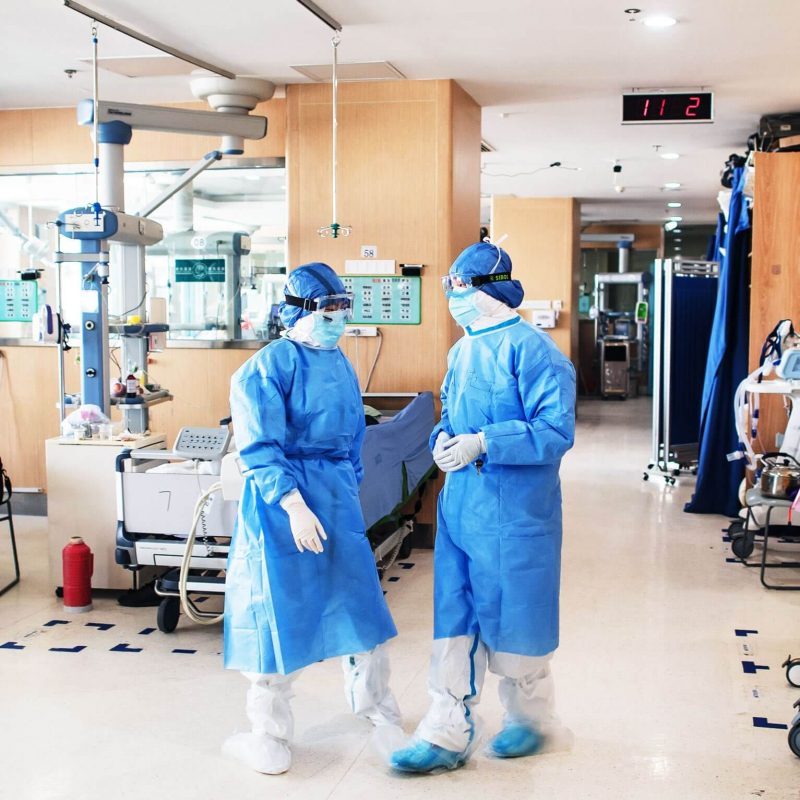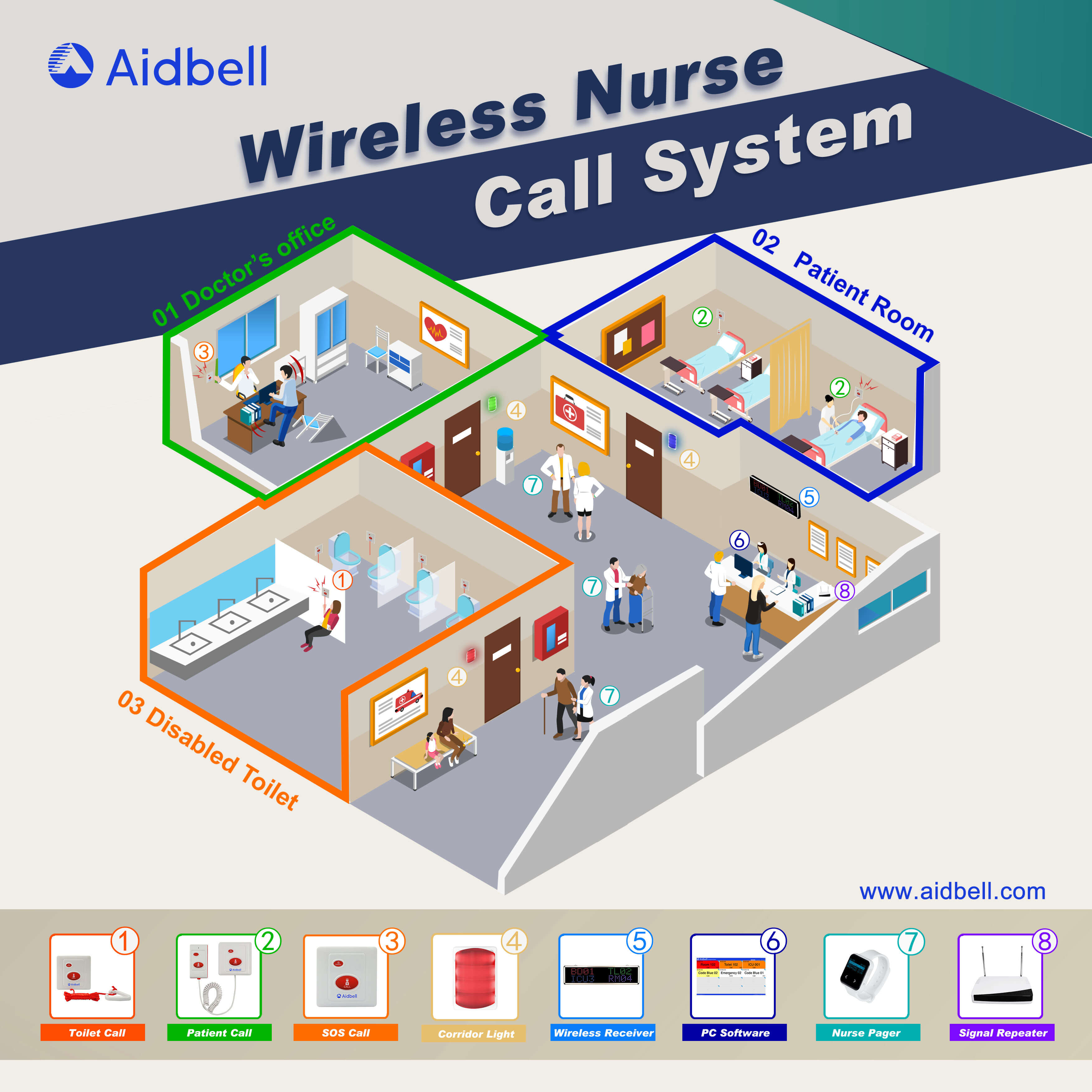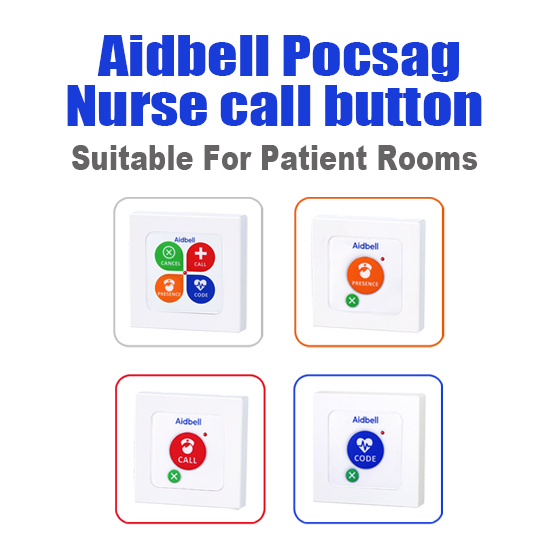How To Use Wireless Nurse Call Systems To Improve COVID-19 Emergency Response

When running an assisted living facility or nursing home, emergencies are bound to happen. With a pandemic rapidly infecting patients, these emergencies increase significantly. It can be a matter of life and death, and each second counts for the patients.
Luckily, you can be ready to handle these emergencies as soon as they occur by streamlining the communications within your facility.
Communication systems such as wireless nurse call systems provide a tool that helps you manage and improve your emergency response.
This article will cover some of the steps you can take to improve COVID-19 emergency response using wireless nurse call systems.
Increase Your Communication Capacity
COVID-19 has forced most nursing homes and assisted living facilities to increase their capacity in terms of space and communication efficiency. As you deal with a higher patient and resident load, you must have the right systems in place to facilitate faster communication.
Due to their ease and affordability during installation, wireless nurse call systems offer the best alternative when you want to rapidly expand and improve your communication efficiency to deal with the additional demands of COVID-19.
Ideally, facilities such as bathrooms and hospital beds should have an emergency call button that nurses or patients can press when they need help. In addition, your facility should provide residents and patients portable communication systems if they are outside their rooms.
The benefit of wireless nurse call systems is that they tell you exactly where a patient is, thus reducing the time caregivers would need to sort through files to find the location of a patient. Such convenience also reduces response times.
Educate Your Staffs
Improving your emergency response rates amidst COVID-19 requires that all your staff be on the same page. When using wireless nurse call systems, you must educate your staff about how they work, what different alerts mean and the steps to take to respond to emergencies and calls from staff and patients.
Your staff should know how to activate code alerts. For example, if a resident is having a heart attack, the caregiver should know how to activate a code blue.
When you adopt a wireless nurse call system, partner with the nurse call provider to train your staff on the ways to leverage the technology so they can respond to emergencies faster.
Whenever you make an update to your wireless call system, you should educate your staff about new features and how they affect what they were used to. Holding demonstrations of how these systems work is another way to familiarize your staff with the nurse call system.
Include Families and Patients in the Plan of Care
Most hospitals do not invest in training their patients on how to use their nurse call systems to call for help. You might easily assume that they will automatically press the button and ask for help. However, the best approach is to introduce your patients and family members to what to expect when they press a button.
Empowering your patients and their families ensures that they can call you as soon as an emergency arises thus increase the response time. It also reduces anxiety and stress among patients who are likely to wait until the last minute before using a nurse call system, thus affecting patient outcomes.
Regularly Review Calling Data from Nurse Call System
Wireless nurse call systems log in critical data such as the calls patients make and the response time. More importantly, you can glean insights on the state of staffing and the ability of your staff to handle different customer demands.
For example, if your staff is overwhelmed, making it hard to respond to emergencies and other calls, you can make key decisions on staffing and staff duties to ensure needs are met as required.
Aidbell’s wireless nurse call systems come with a data collection feature, which logs details such as:
- The call made
- The time of the call
- The nature of the call
- The time between the call and the response time
- The time the caregiver spent helping the patient with the problem
- The management of staff duty
In addition, you also get summarized call details for a certain period, hourly call statistics, a detailed patient activity report, and staff assignment reports. Such data is not only important for determining the ROI of a wireless nurse call system, but also enhances caregiver accountability. Increased accountability improves response time during emergencies.
Although responding to the demands of COVID-19 might sap away most of your time, it is still important to review the data collected regularly so you can identify ways to improve the response rates at your facility.
How Aidbell Wireless Nurse Call System Helps Emergency Response
Aidbell is a manufacturer of nurse call systems for nursing homes and assisted living facilities. The company creates communication systems that make it easier for patients to request help and for caregivers to attend to their patients, without the risk of alarm fatigue.
Wireless nurse call systems allow an affordable yet reliable communication method that is especially useful in emergencies.
Aidbell wireless nurse system consists of several components:
- Wireless caregiver receiver
- Pendant pager
- Wearable call button
- Nurse call button
- Corridor light
- Management software
- Signal repeater

The wireless caregiver receiver allows caregivers to reach residents and geriatric patients when they need to communicate emergency notification.
Patients and residents wear the pendant pager, which is a call button that allows them to ask for emergency assistance in an assisted facility or at home. This pager has a long life of about 6 months after full charge, meaning that the patient is covered for a long time even if they forget to charge their device in the short term.
This pendant has a transmission distance of 200 meters in an open area, which ensures that you receive patient messages and respond to their needs as soon as possible. You can pin this pendant on the patient’s coat or have them wear it like a watch.
The wearable call button in Aidbell’s wireless nurse call system is similar to the pendant pager as it allows the patient or resident to call immediately they need help. The call button has a transmission distance of about 250 meters in an open area and can handle approximately 40,000 calls powered by 1pcs 12V23A battery.
Our wireless nurse call systems can integrate with multiple devices including door sensors, smoke detector alarms, light receivers, computers with management software and etc to facilitate staff notifications. Such notifications are critical, especially when dealing with an influx of COVID-related emergencies. The ability to send notifications to multiple devices means that you can reach staff when they are needed.
Our wireless nurse call systems come with a low battery indication function, which you can monitor other devices that have low battery or not. This notifies you when a device needs charging or battery replacement.
Final Word
Nothing gives caregivers and patients peace of mind than knowing they can respond to emergencies as soon as they arise. While it is great to hope that these emergencies do not happen, the reality is that they occur too often, especially now that patients have to deal with COVID-19 as well.
The best step you can take to improve COVID-19 emergency response at your facility is to adopt the right wireless nurse call system that allows patients to request help as soon as they need it, whether they are in or out of their rooms.



